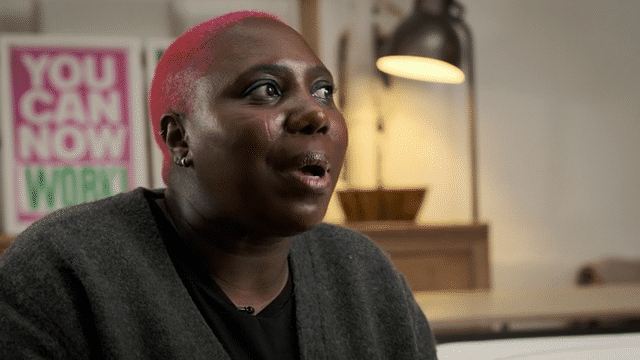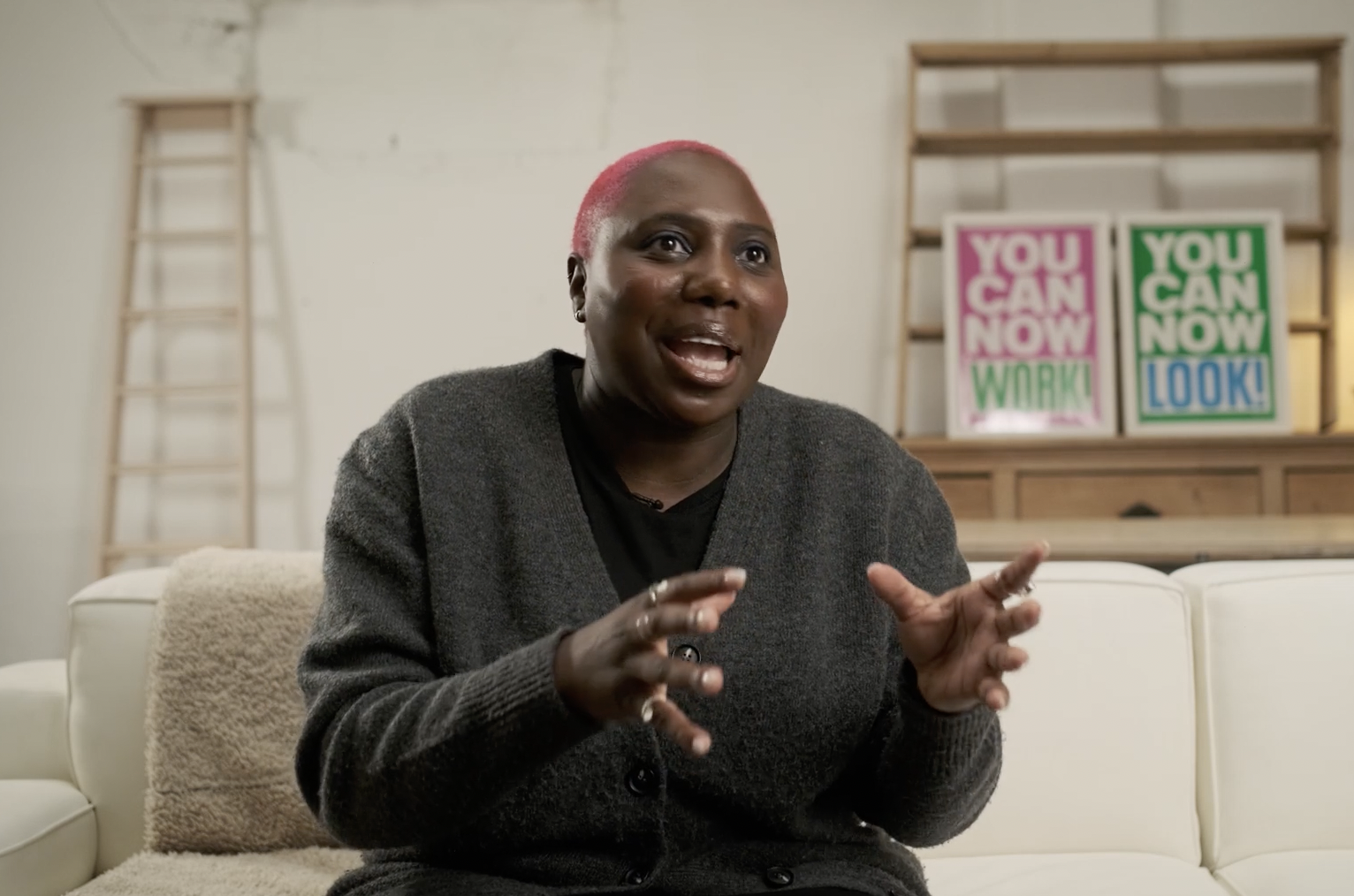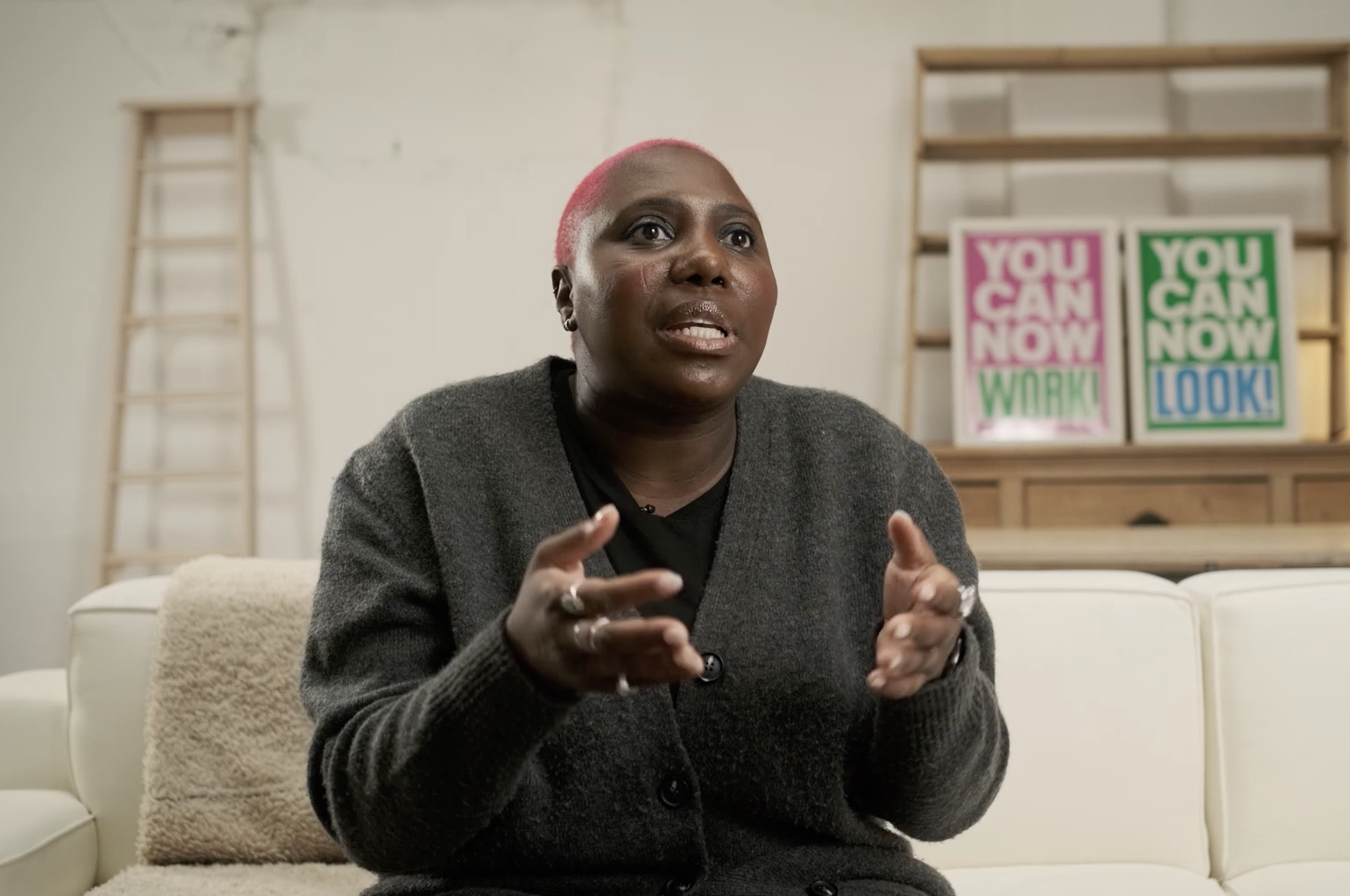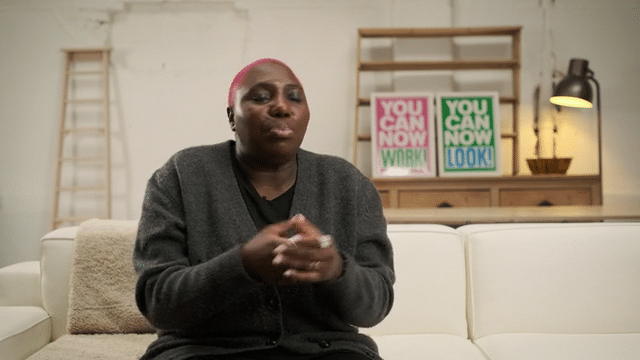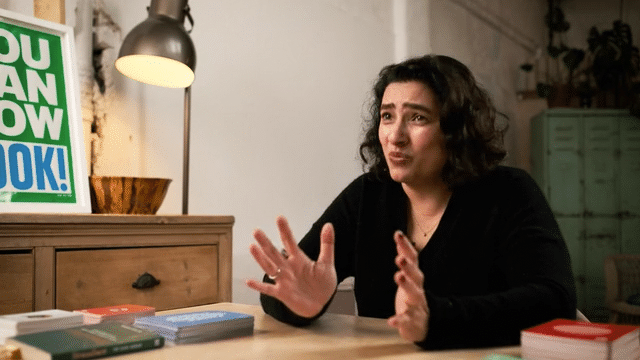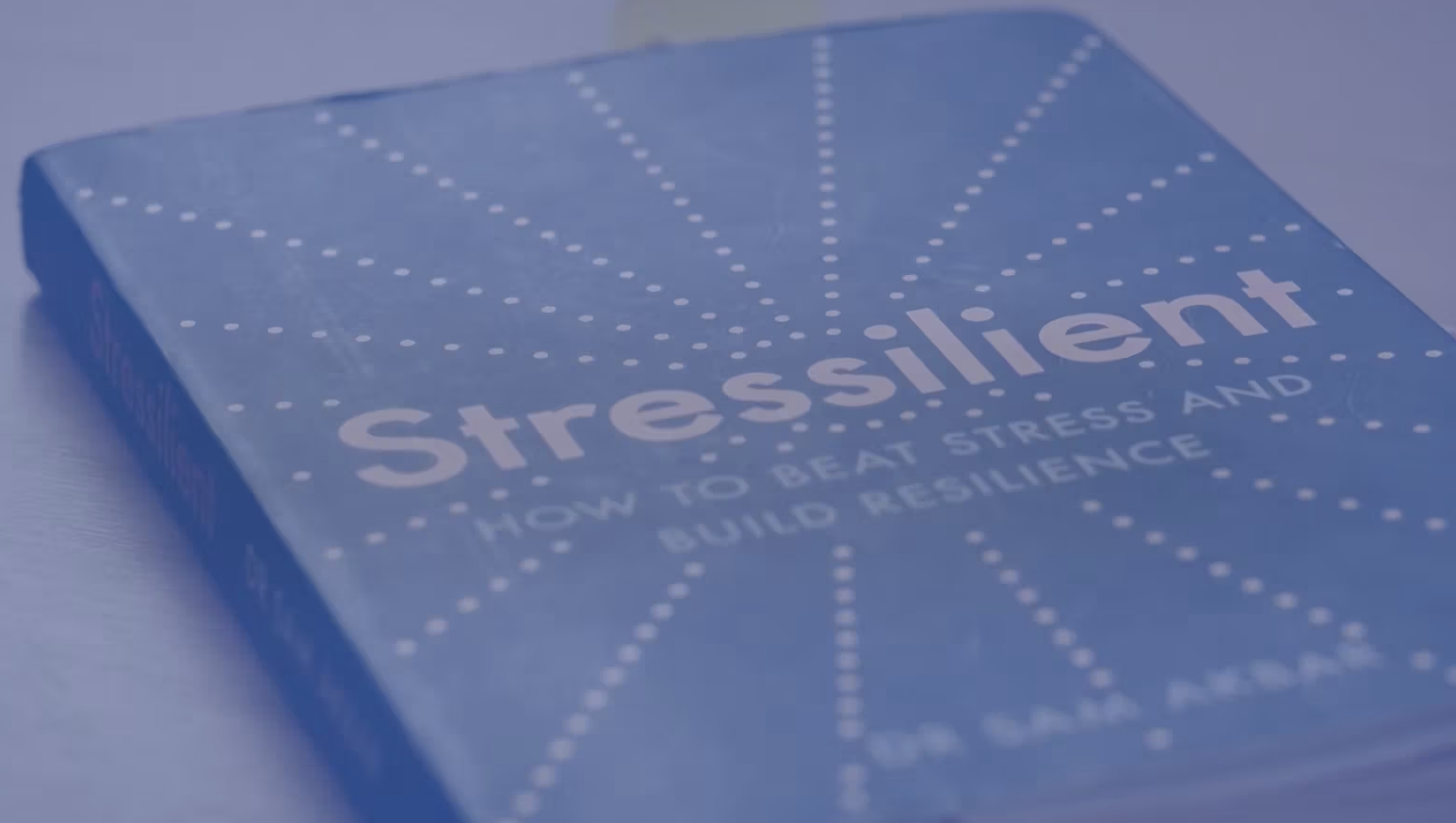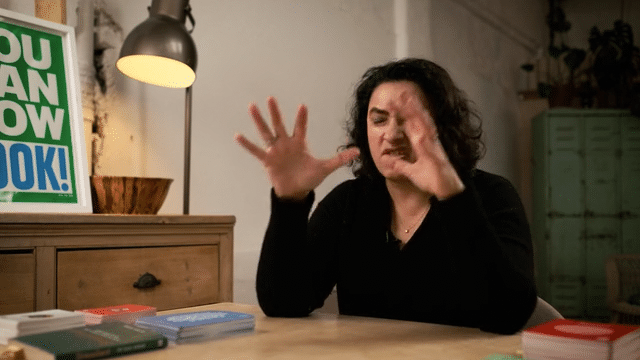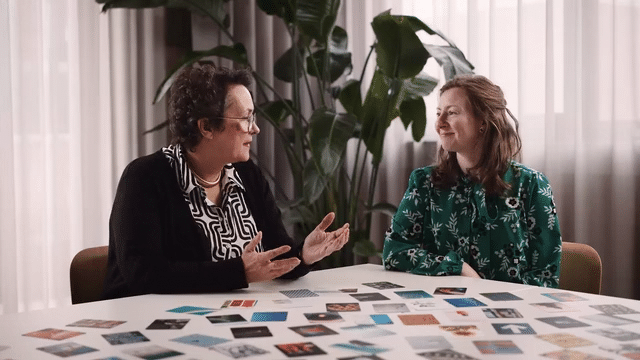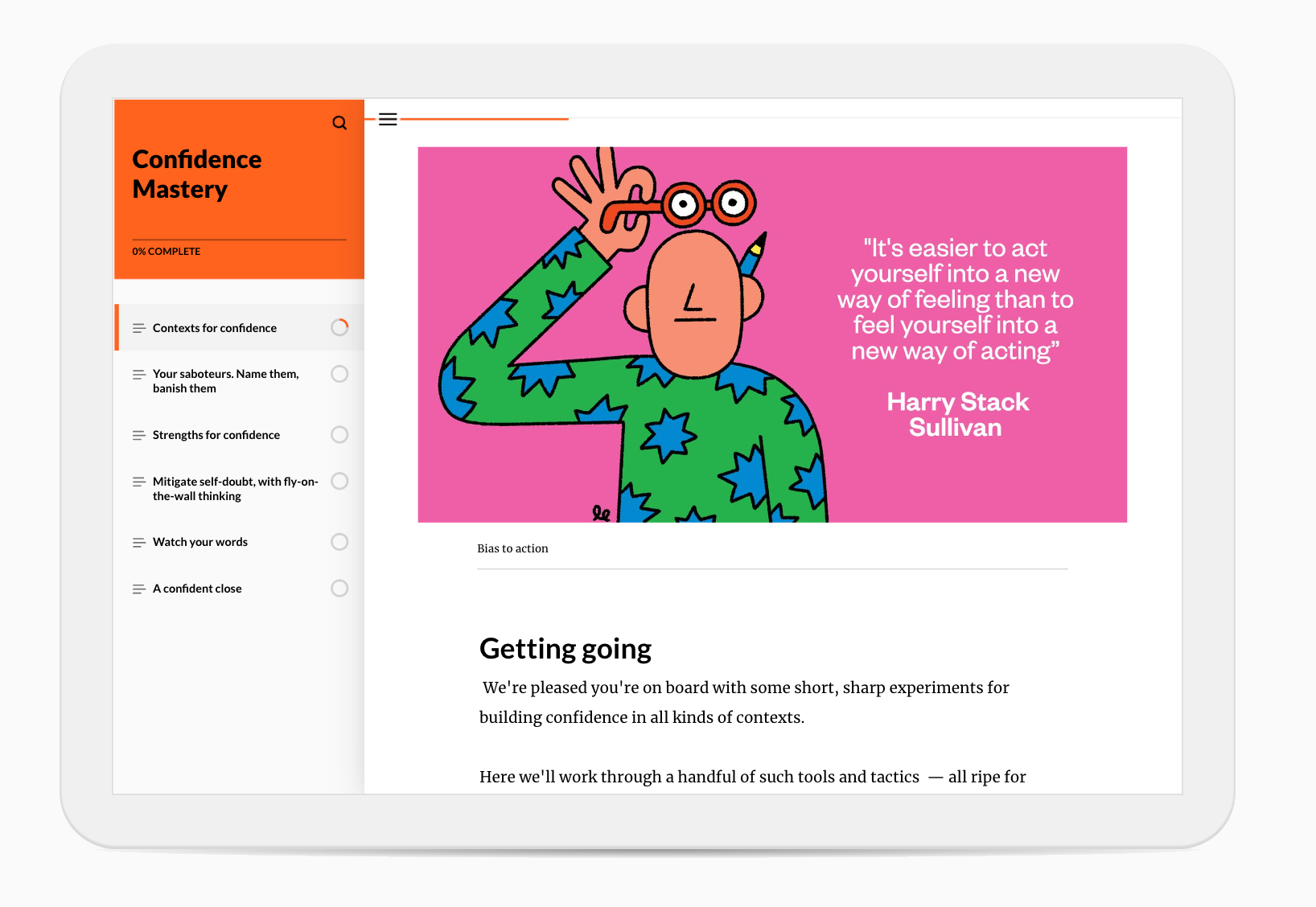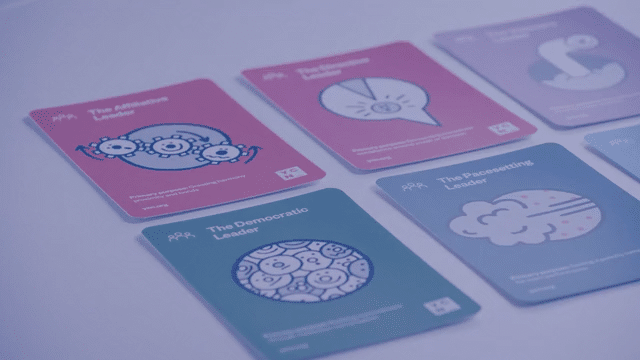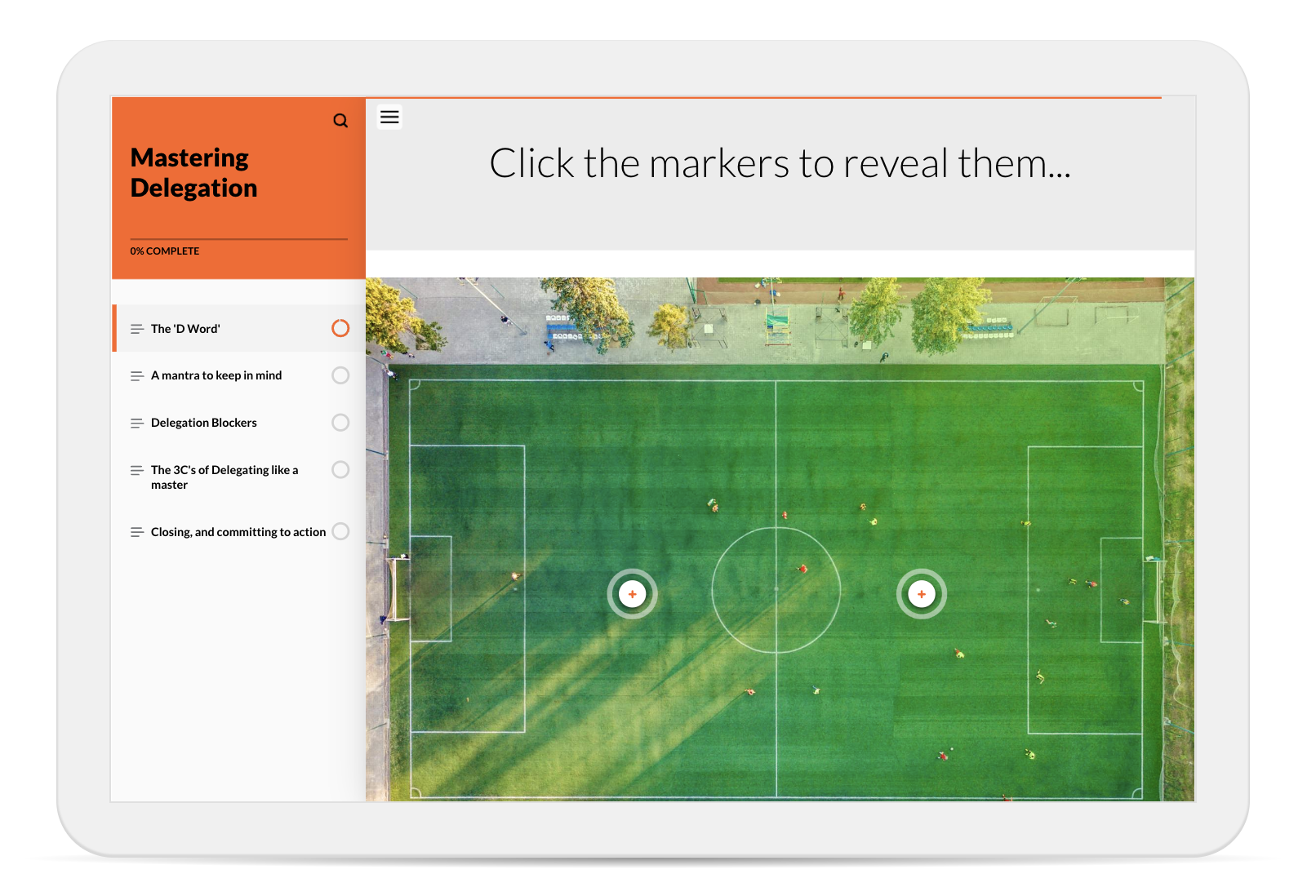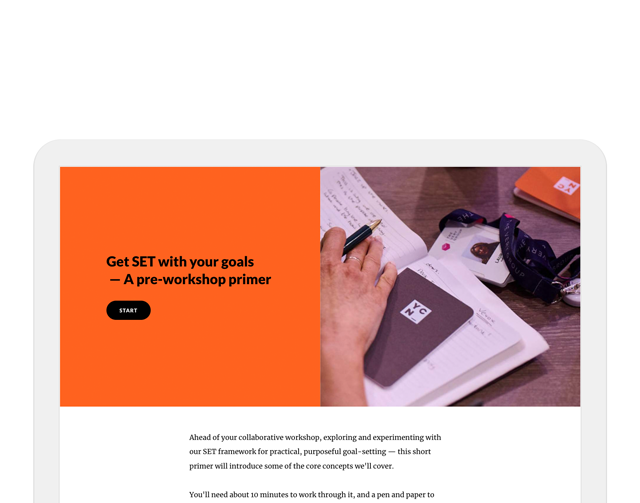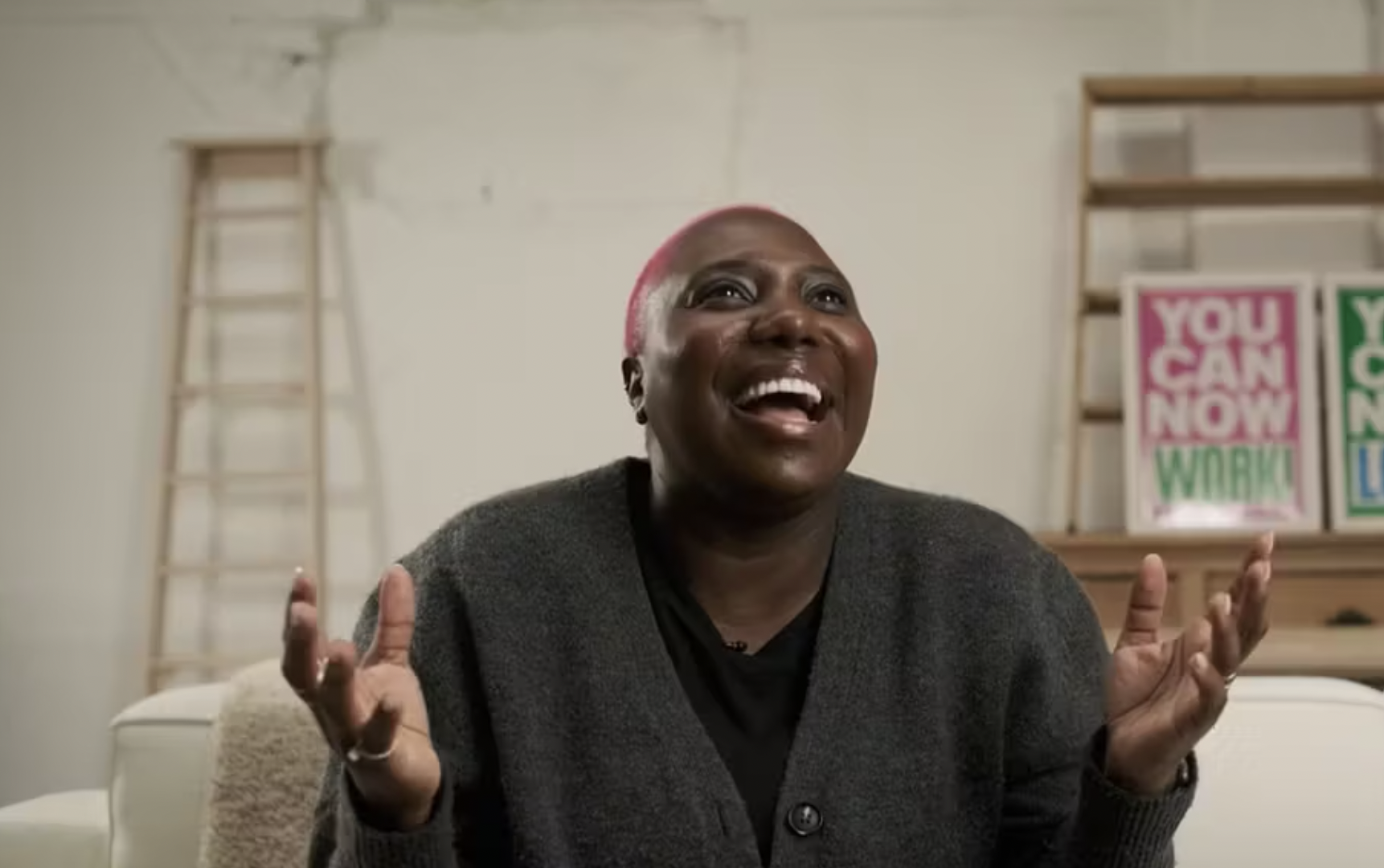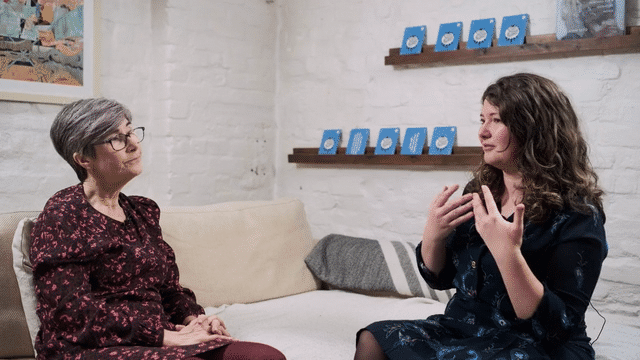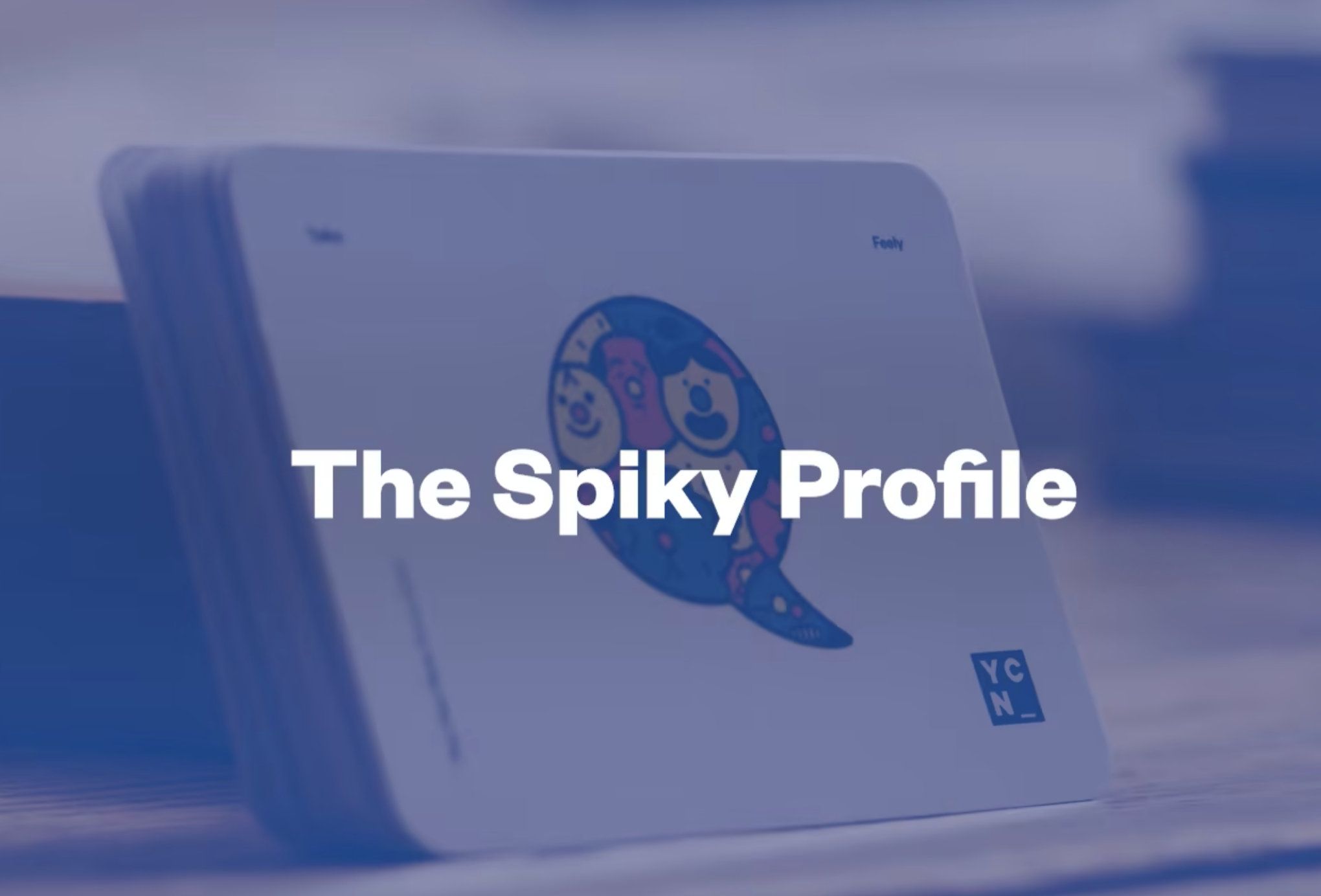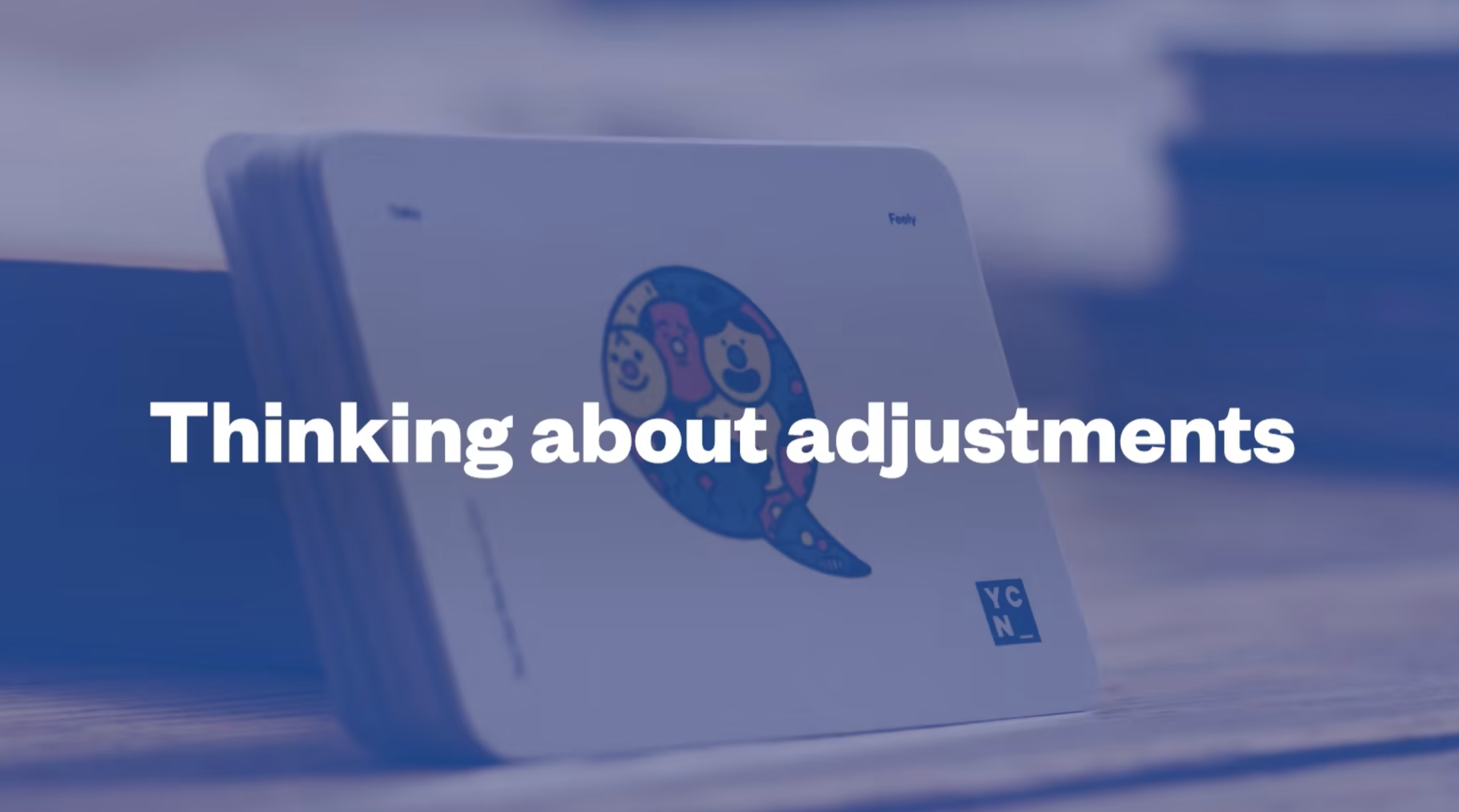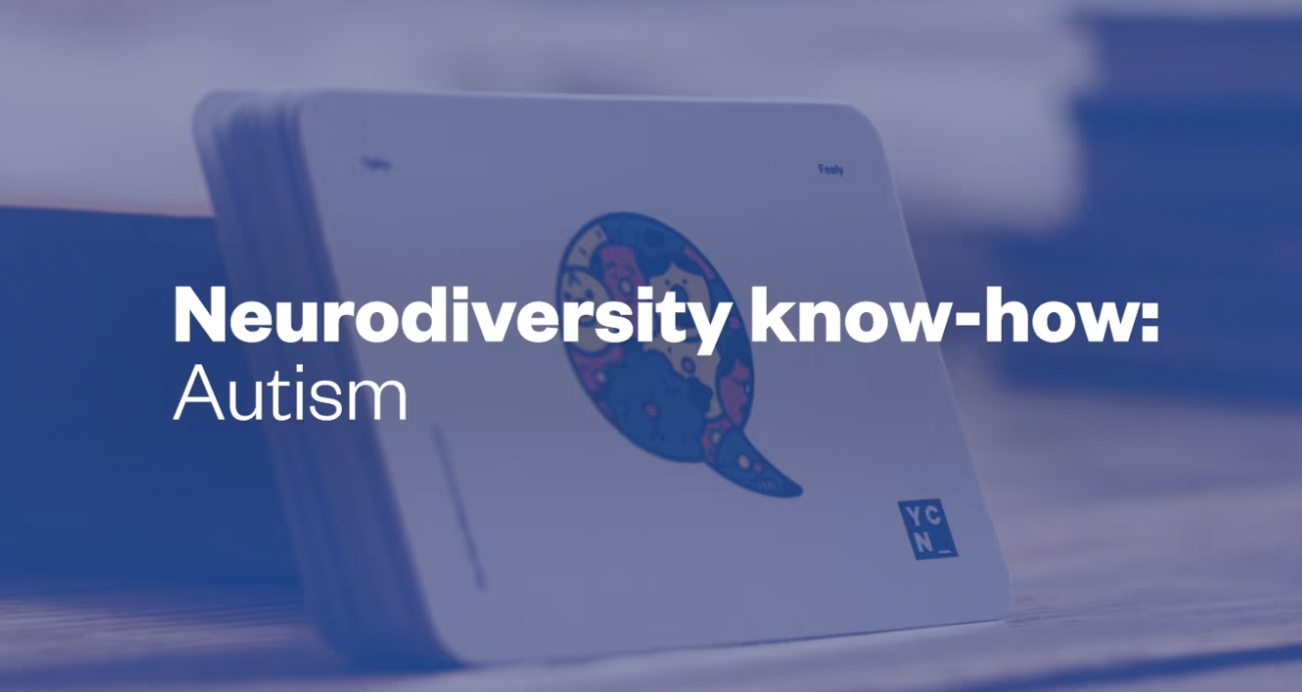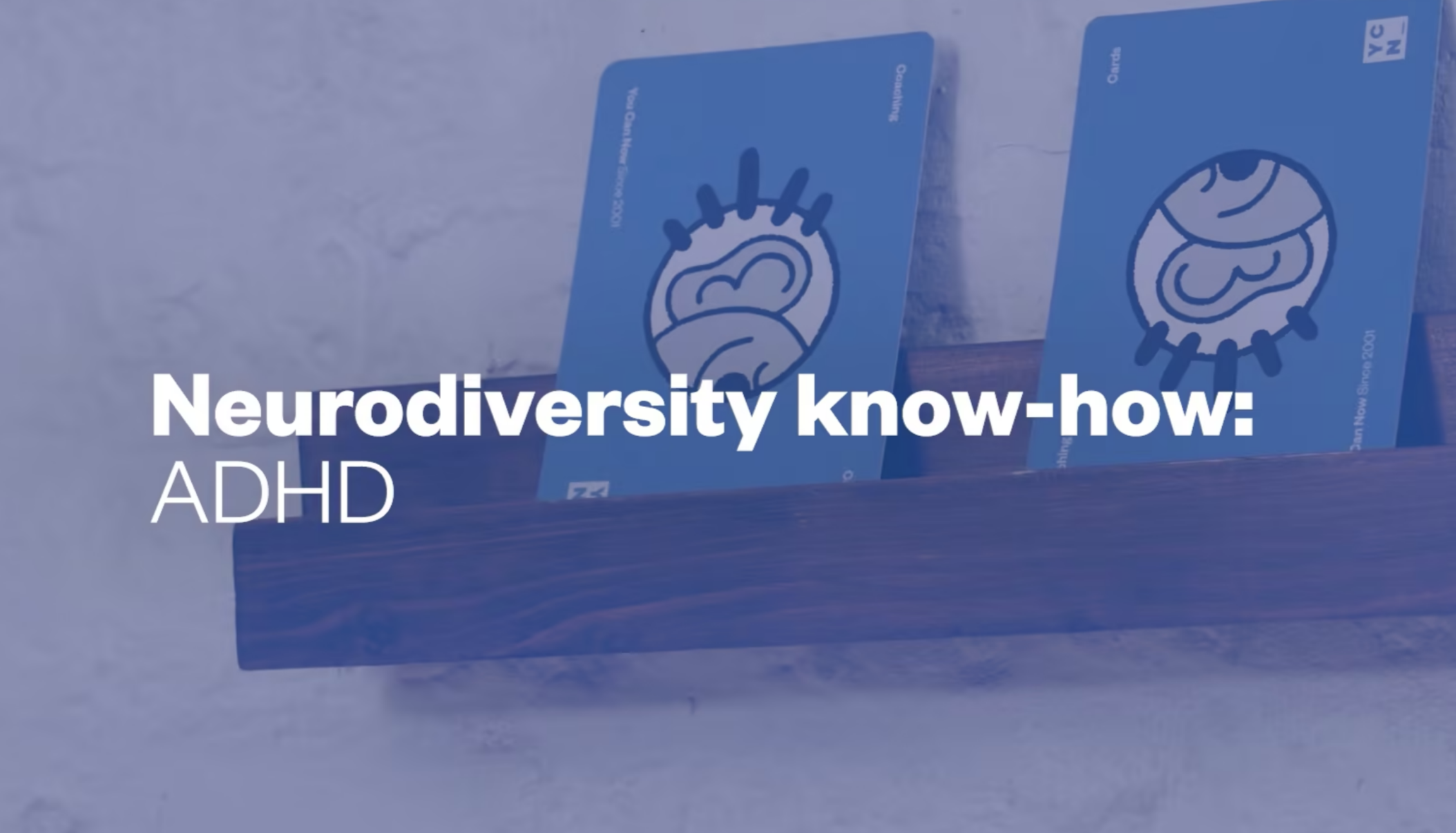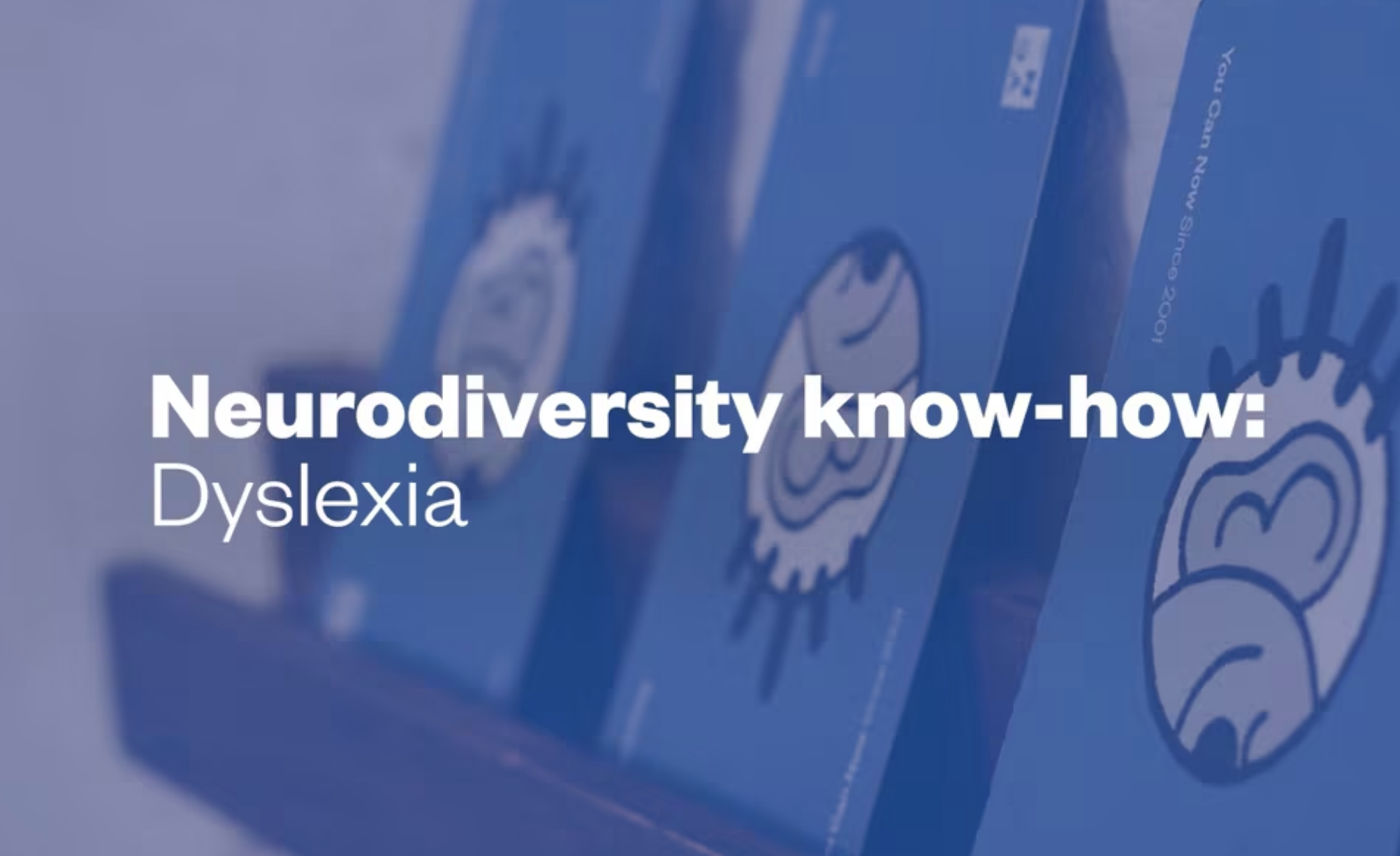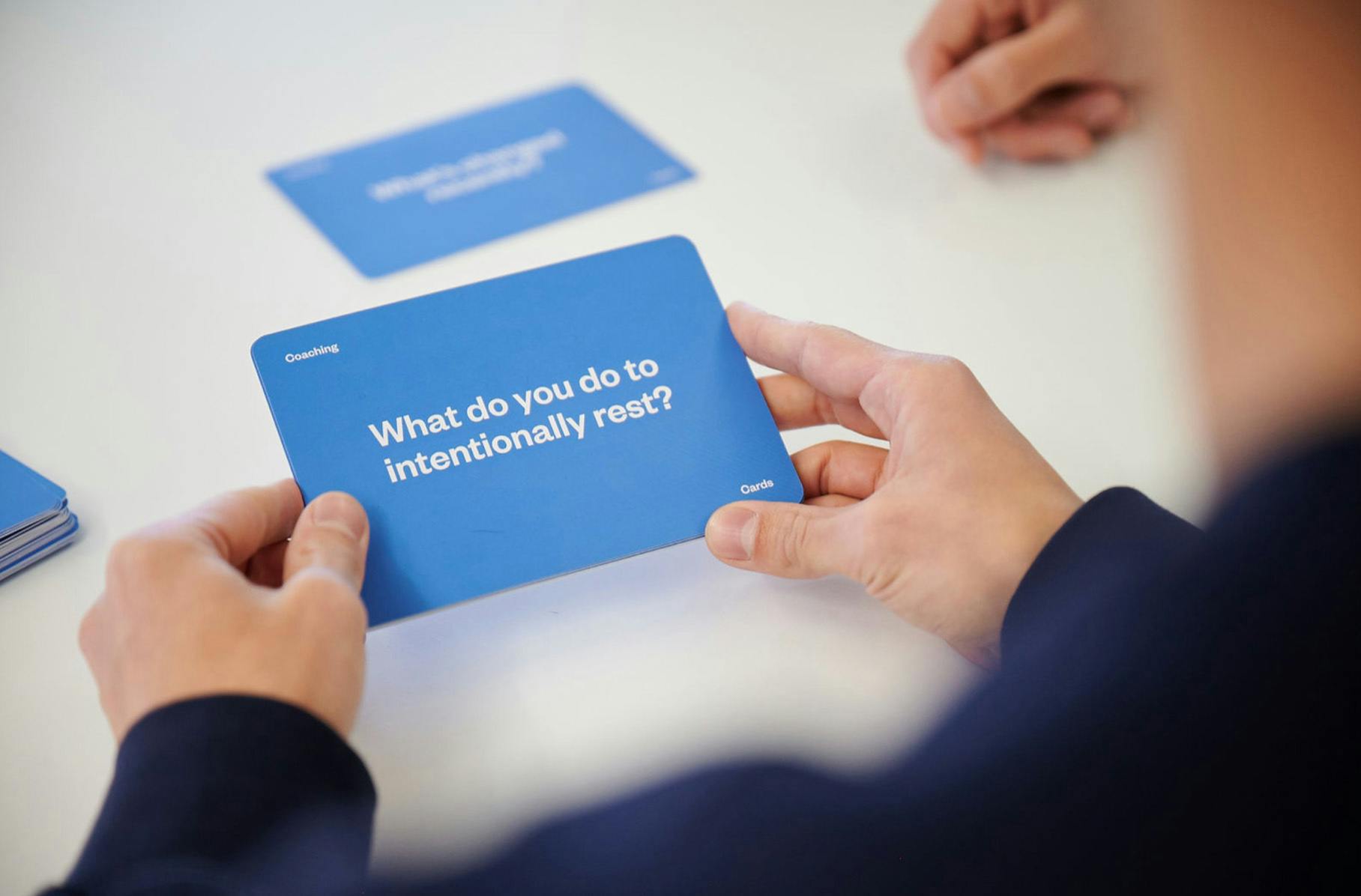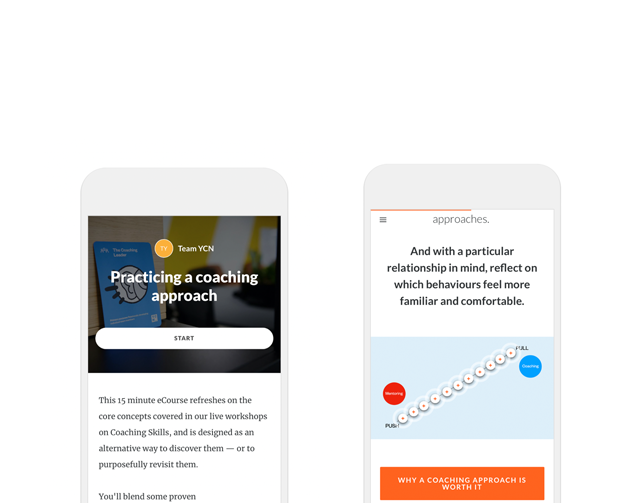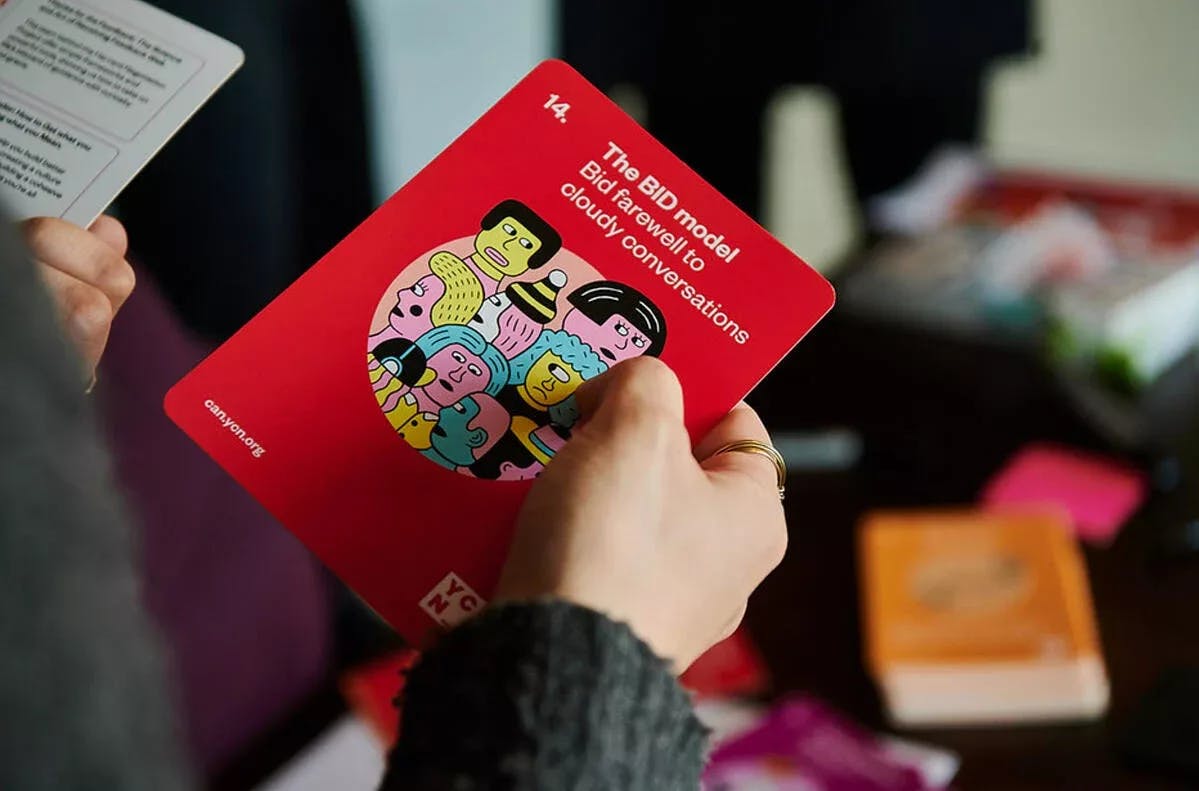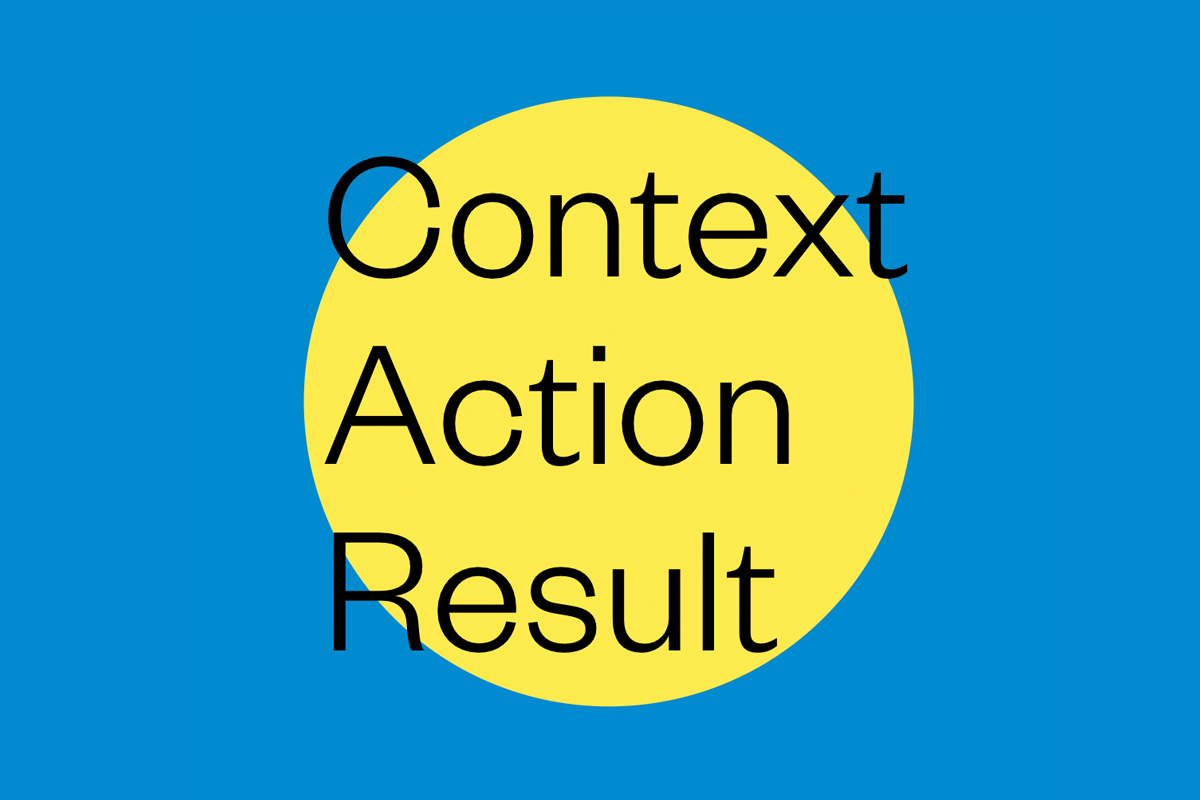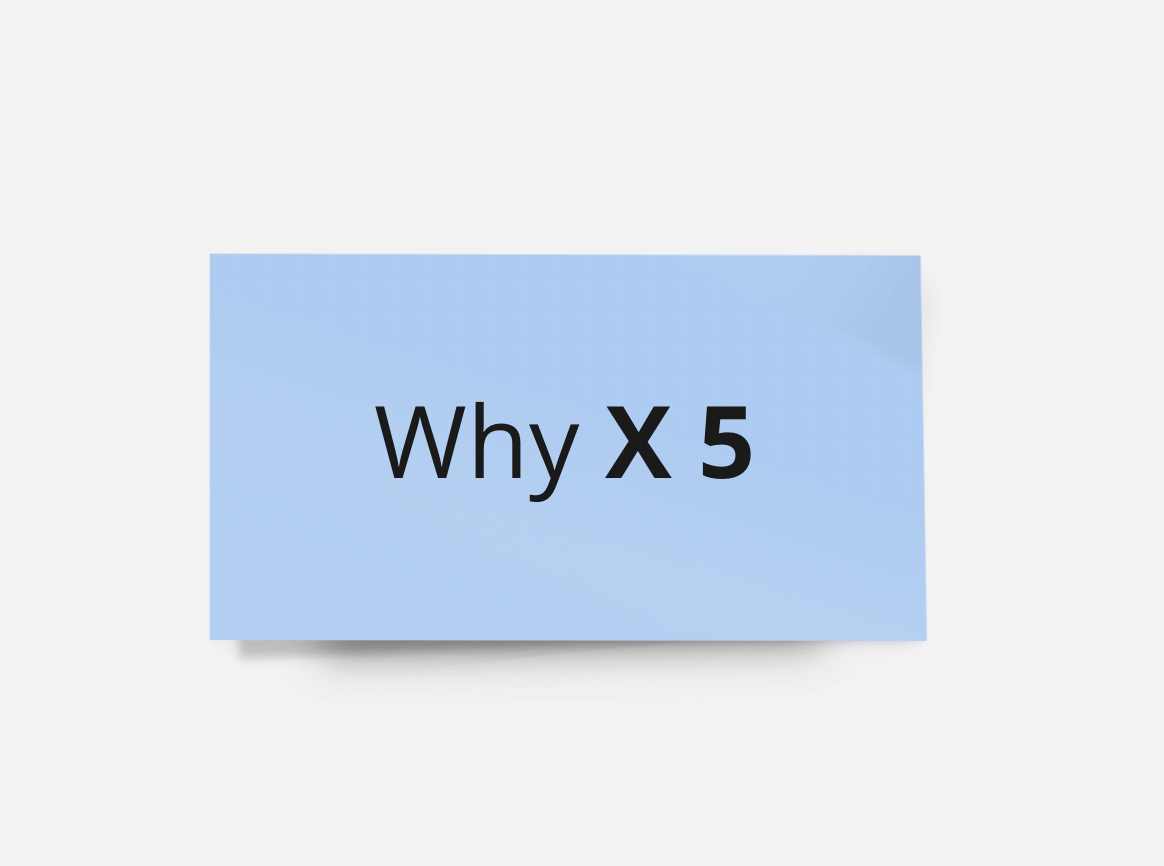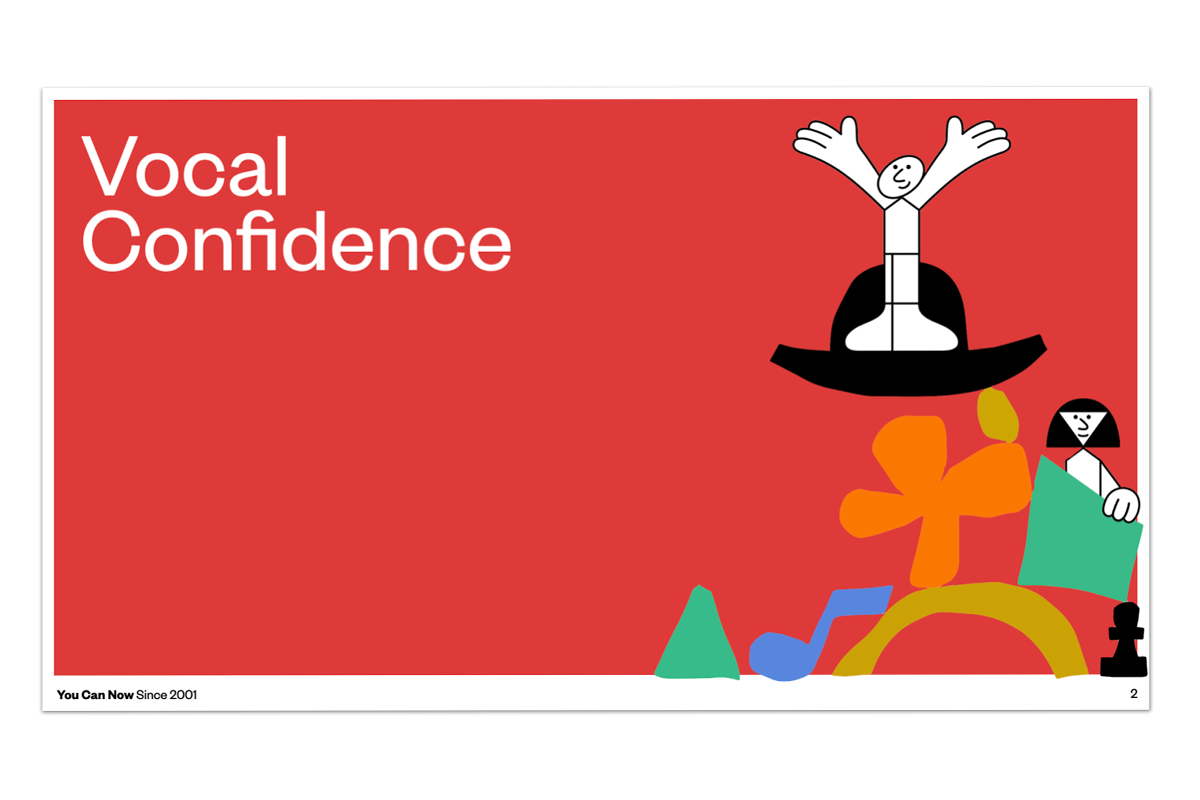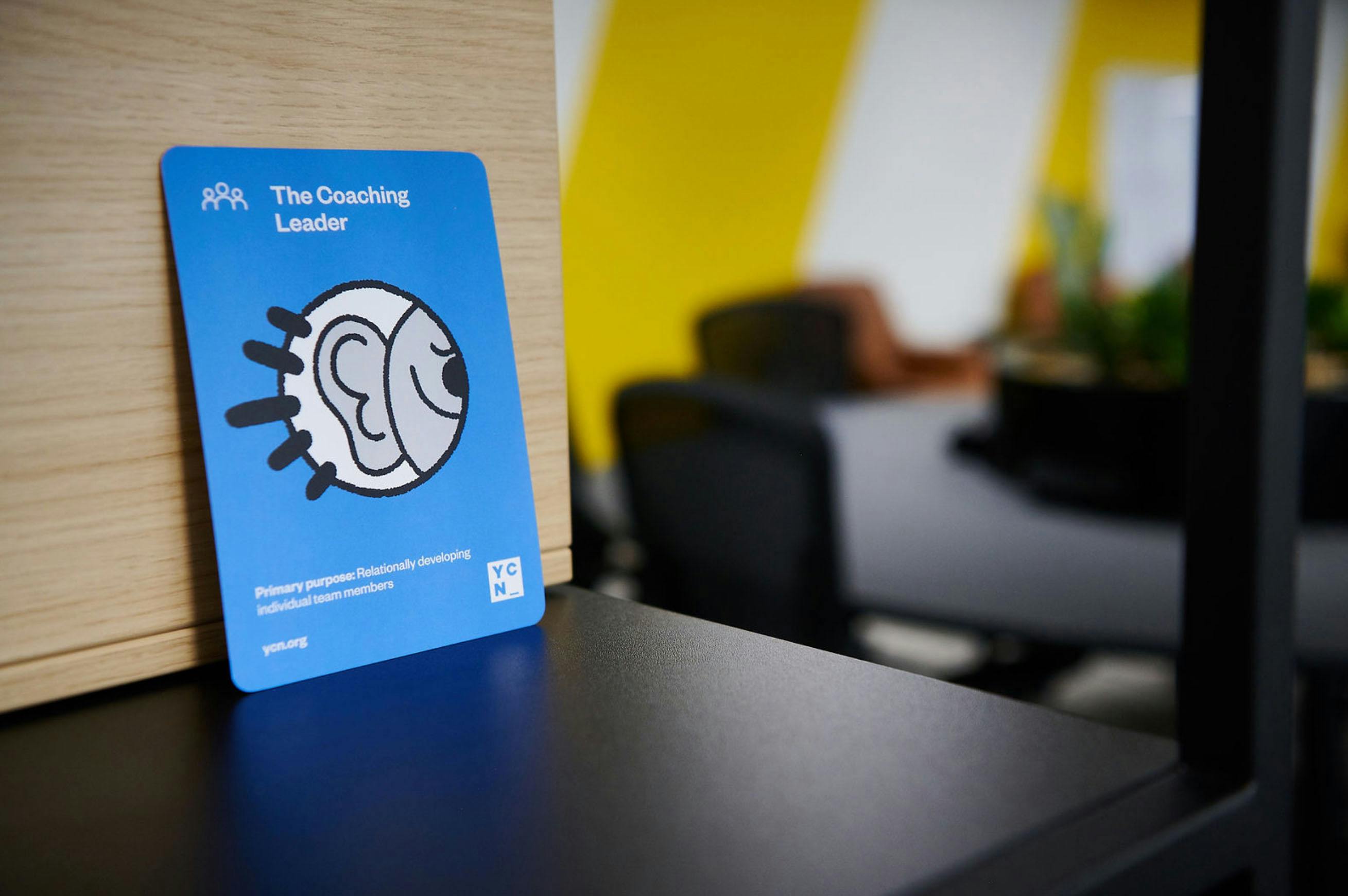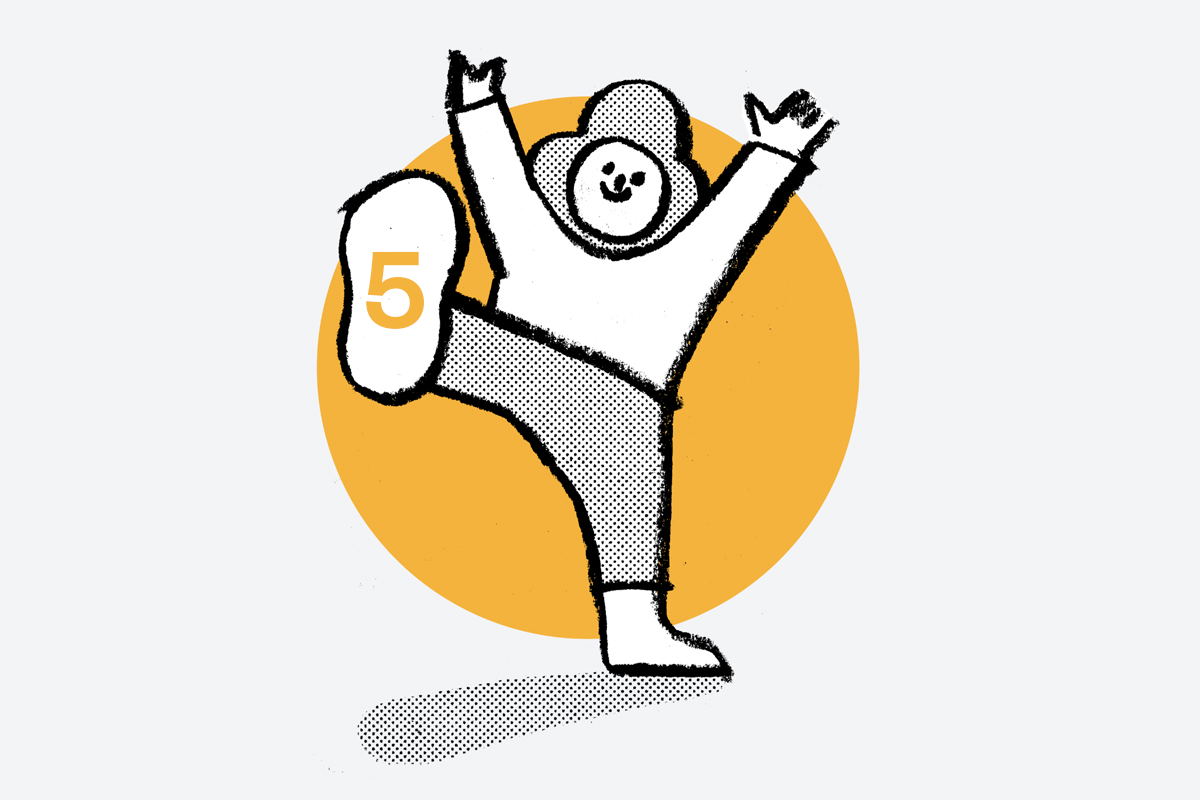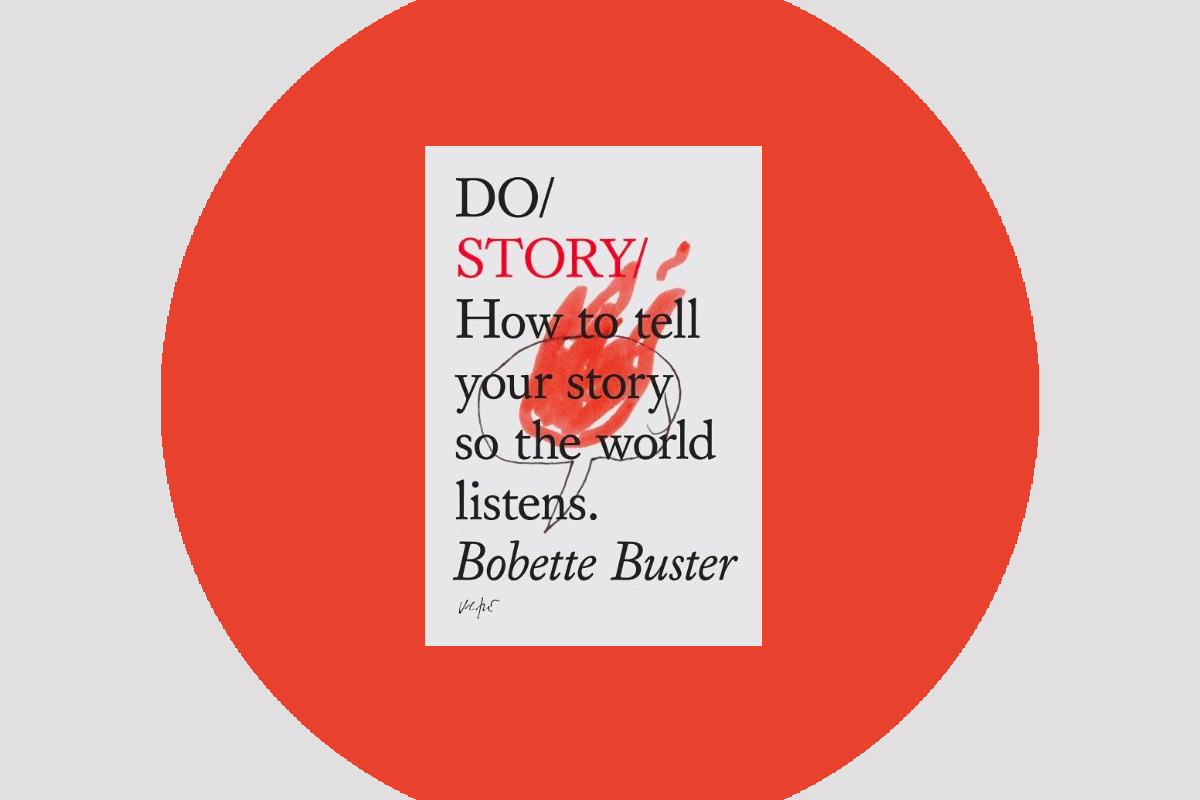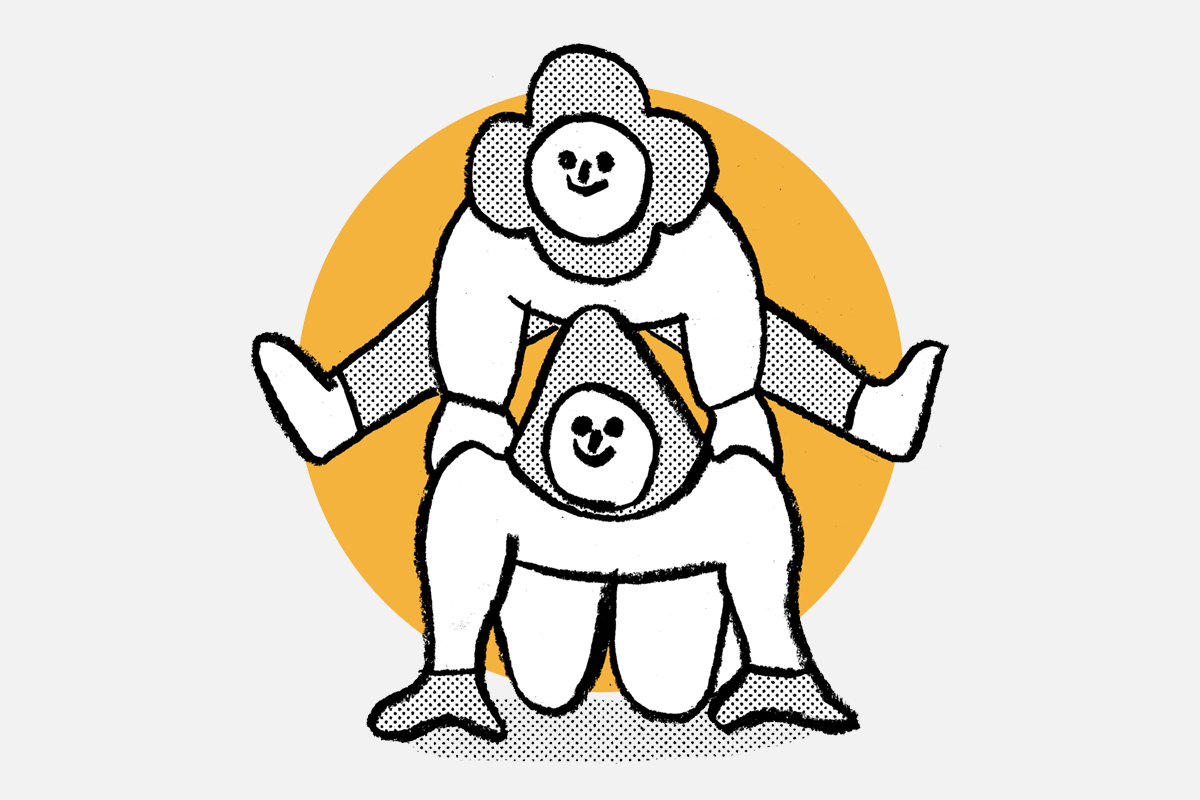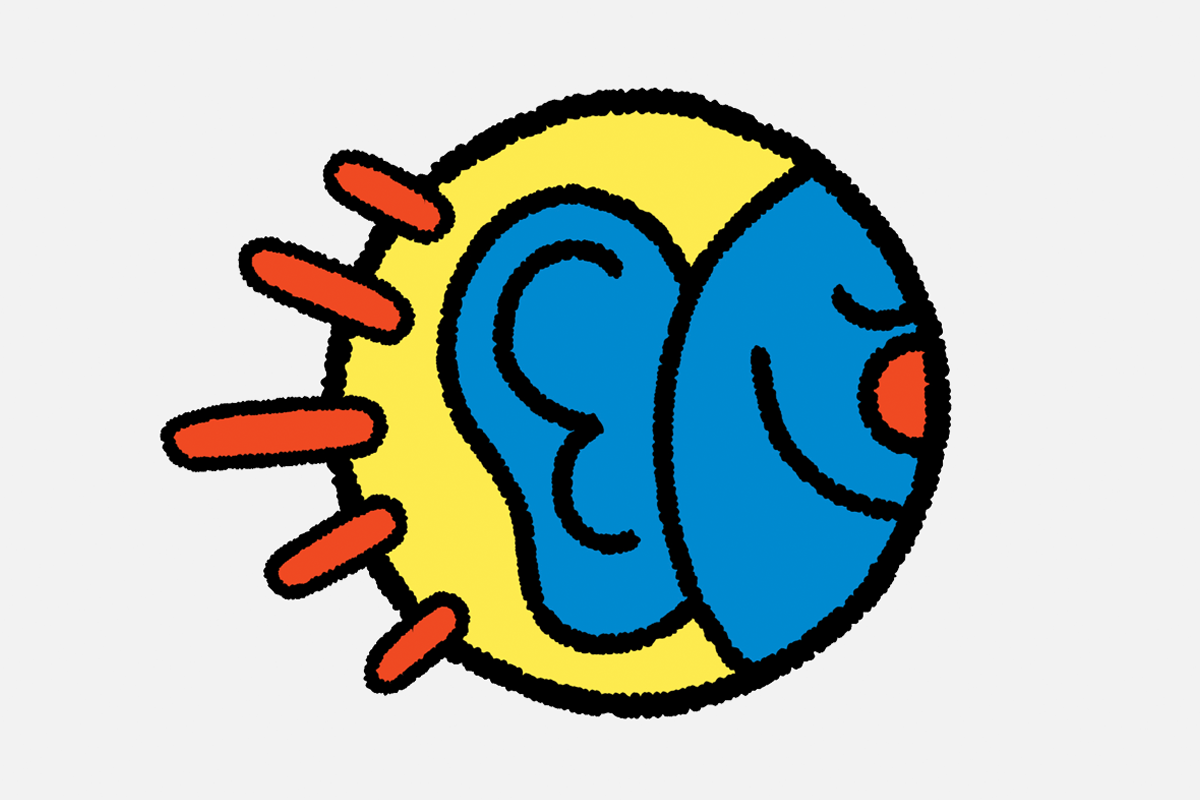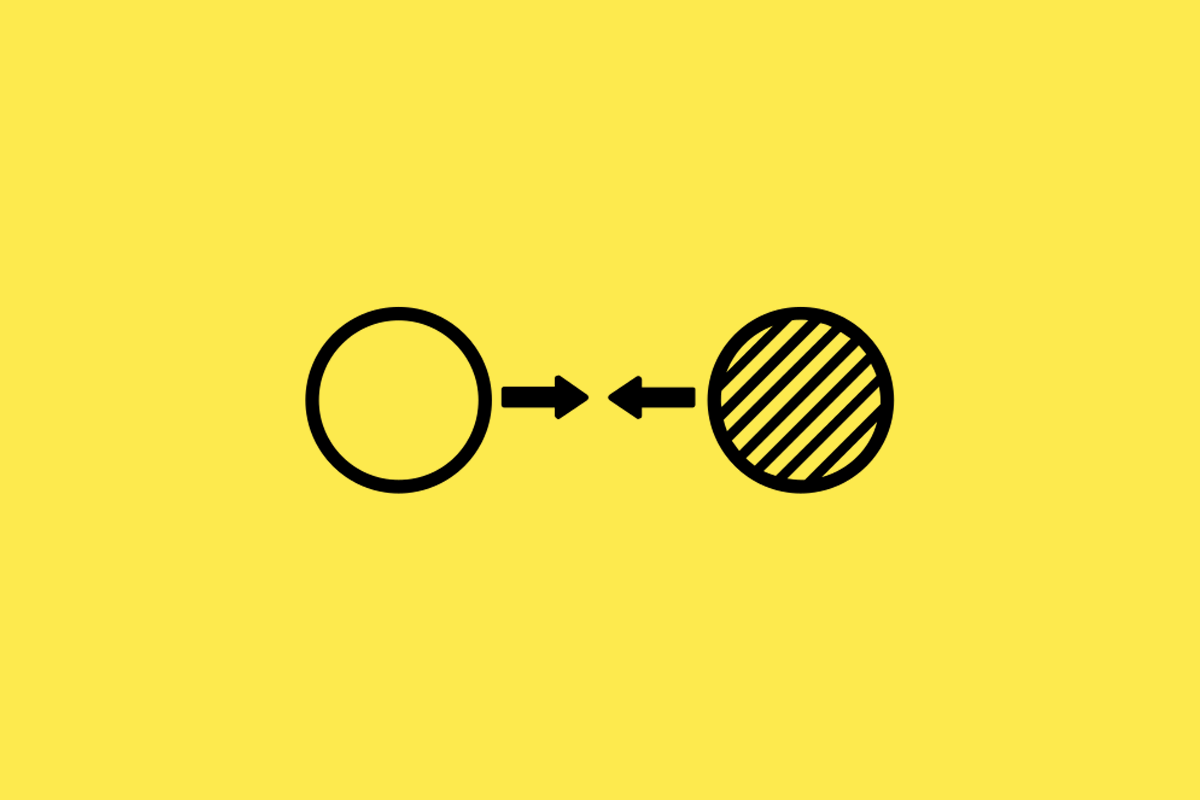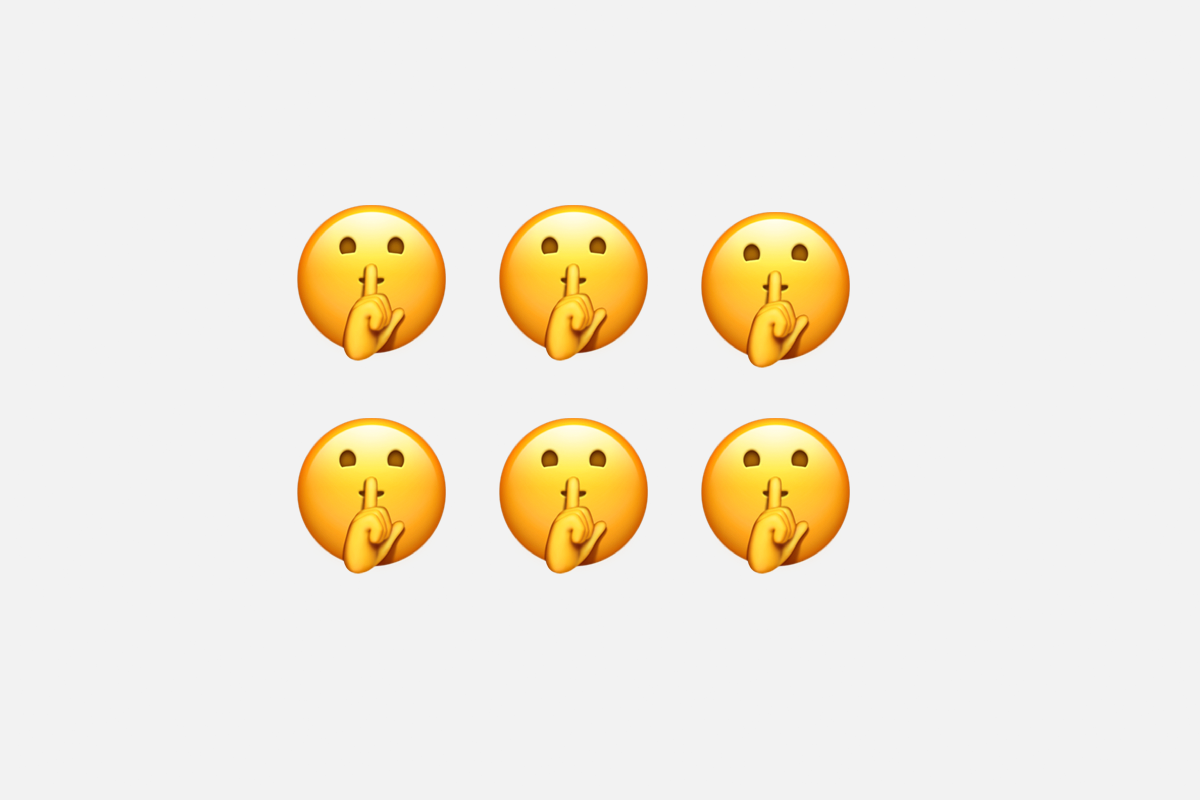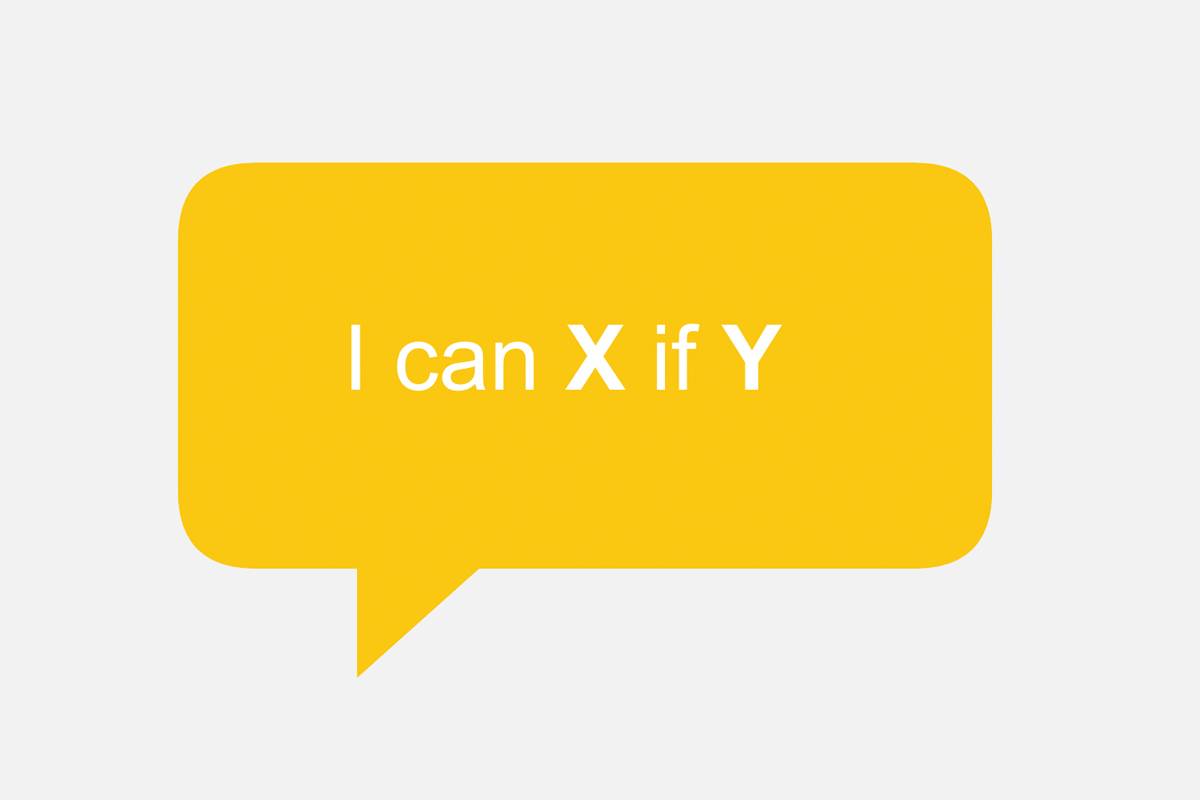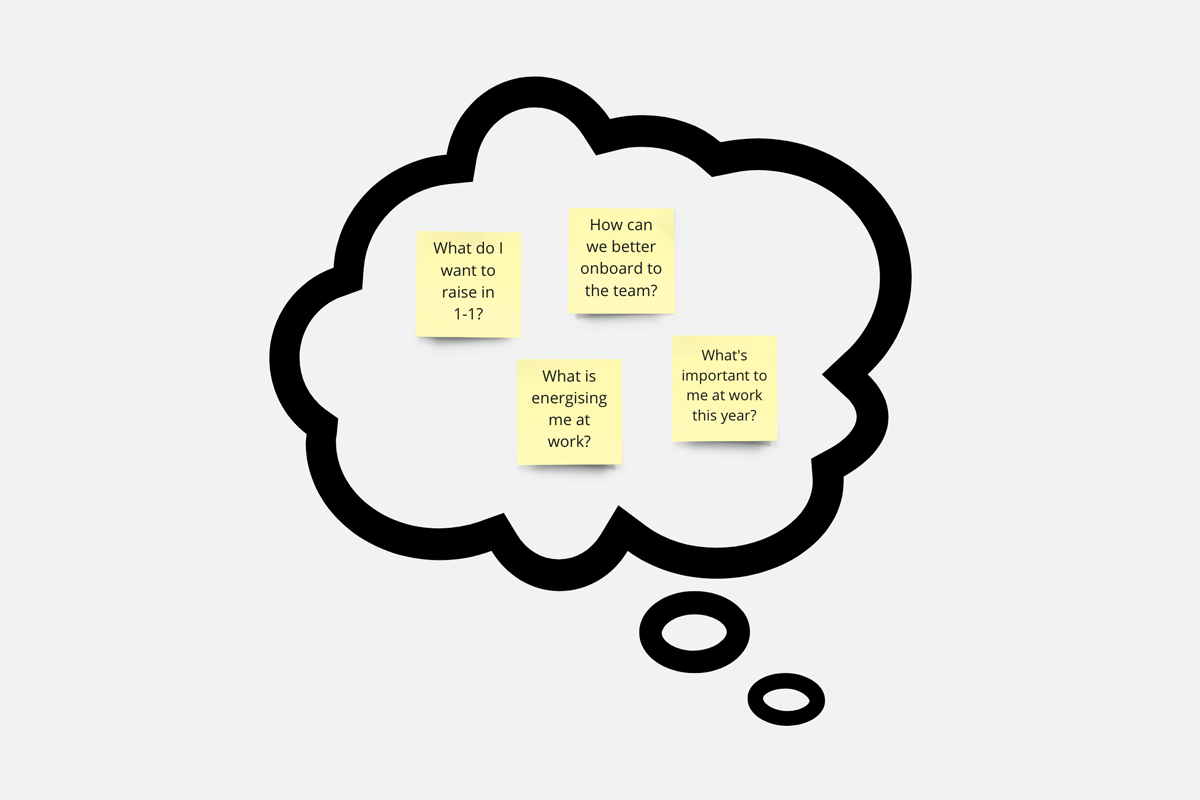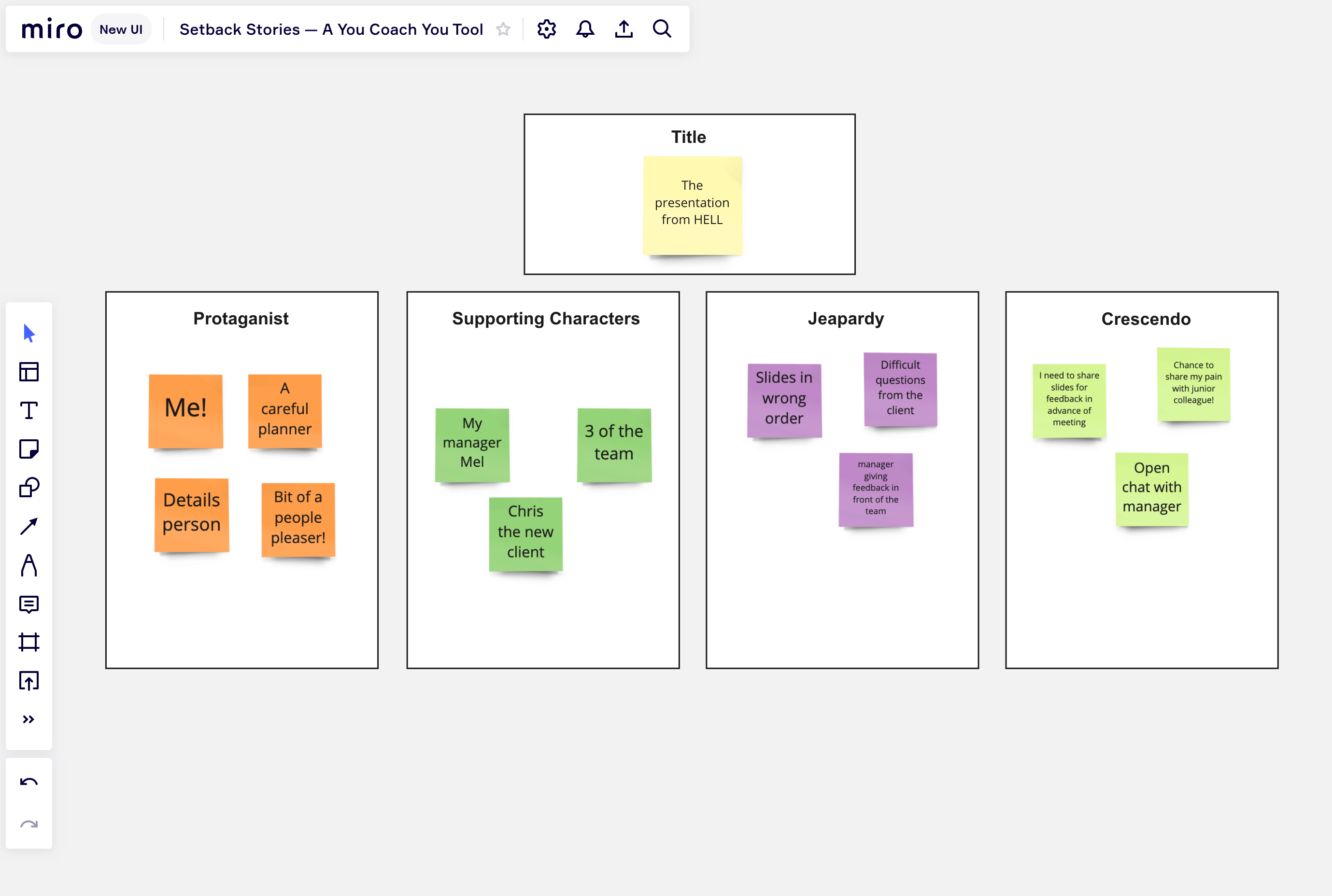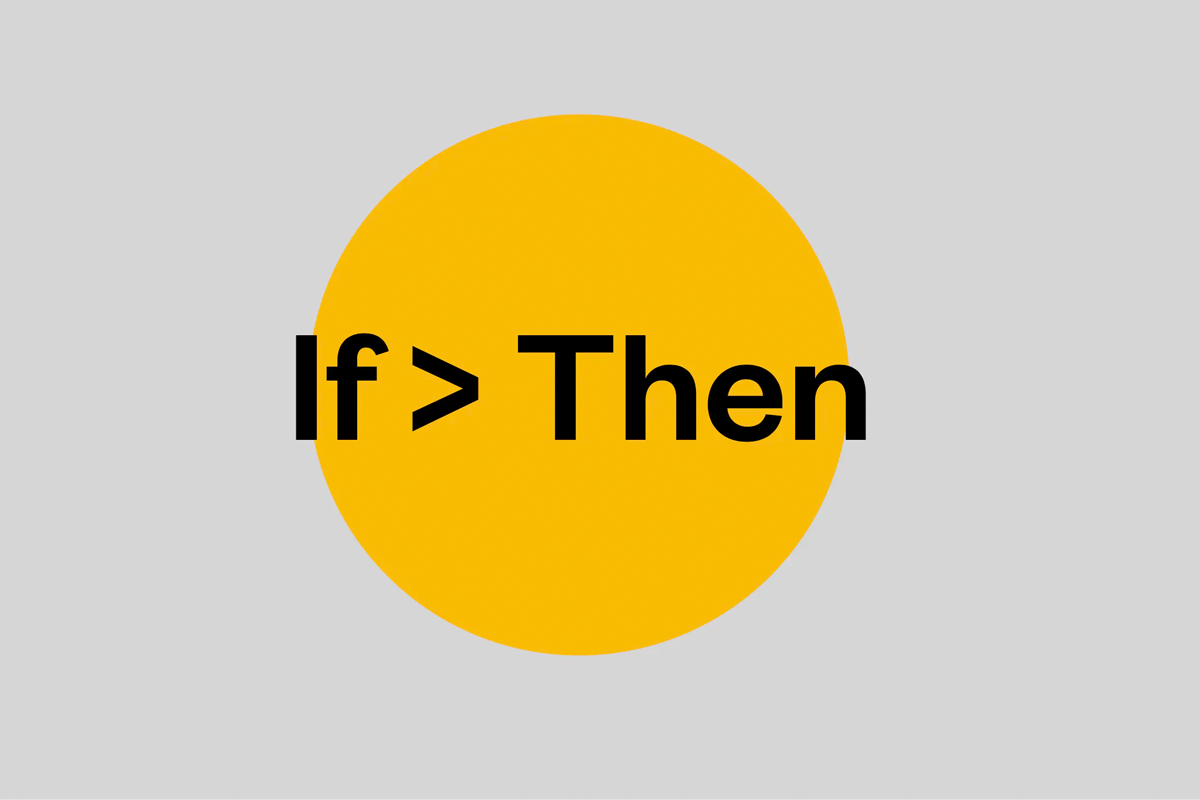For you, new and popular
Share genuinely useful feedback with the BID model

Introducing the BID model
👇 Before we set out the simple steps of BID, compare and contrast the two examples of feedback below.
Take 1 — "You keep talking over people in meetings, which is really disruptive. Can you try not to do that?"
This example could be seen as well intentioned. But how helpful would you say it is? How would you react to receiving it?
Here's the same feedback, delivered differently.
Take 2 — "I noticed in the team meeting yesterday that on more than one occasion you interrupted Dan, particularly towards the end when he was summing up his points. I felt worried for Dan's focus, and also that we were going to overrun the time we'd allocated. Were you aware it was happening?"
👍 This time, the BID model has been used — making sure the feedback is specific on a 'Behaviour', that the 'Impact' of that behaviour has been clearly expressed, and that the feedback giver has either started a 'Dialogue' or they've shared what they'd like someone to 'Do' differently next time.
Simple!
The bits of BID
👇 Let's look at each of the steps in a touch more detail, so that you're then able to practice using the BID model with some real feedback right away.
It's really important when sharing feedback that we're super clear on the thing we're feeding back on. We're simply noticing something, and sharing what we noticed in a clear and non-judgemental way. In the example above, rather than saying 'You keep talking over people in meetings', we get specific about the instance we've noticed. It was yesterday, it was on a couple of occasions, we noticed it particularly at the end.
👍 Tip! Use the expression 'I noticed...' at the beginning and see how well that sets things up.
Sharing the impact of the behaviour is the next step. It's helpful here to think about impact at both a personal emotional level, for example 'I felt confused' or 'I felt undermined', and also at an organisational level, for example a meeting over-running or there being a financial impact to a behaviour. And again, when sharing feedback well we do this clearly and non-judgementally.
Often the best thing about sharing some feedback is that it leads into a positive and open conversation about change. So the third part of the BID model gives us a chance to decide if we're aiming to open some Dialogue — 'Can we talk about how we could try it differently next time?' or if we do need to be more directive about what we'd like someone to Do — 'Can I please ask that we never use that kind of expression in front of a client.'
Using BID to share positive feedback with purpose
👉 And of course... The BID model is also brilliant for sharing positive, purposeful praise — as well as the more development focussed feedback. Imagine a manager heard this, hot off the heels of a client kick off...
'I noticed when we ran the client kick off yesterday you got everyone to share a thought before the presentation began. I felt really included and it was a brilliant way to show how everyone's voice was going to be important. Can we start all meetings this way?'
Experimenting with BID
How will you use BID to make sure the feedback is rooted in a clearly observed behaviour, specific on impact and sparks some dialogue or is focussed on what you'd like someone to do differently?

















